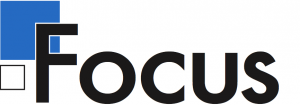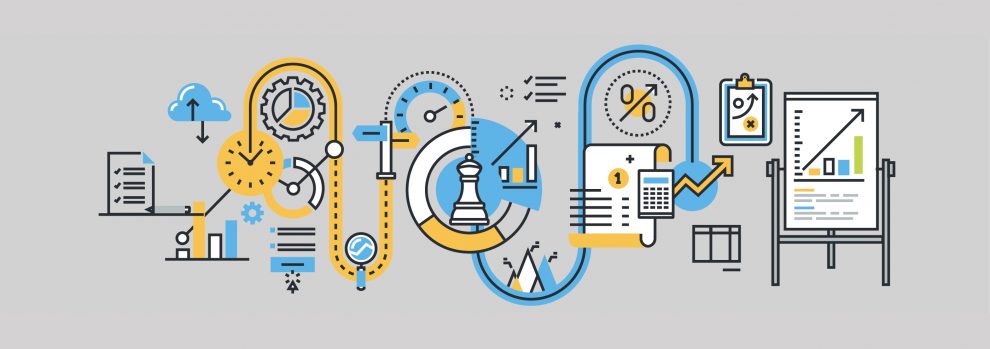Strategic planning is a strategy that is being implemented into school districts for students to prepare for life after school. It is meant to enhance the learning system such as the curriculum but also branches out to assessment and instruction. One of the most significant components of Strategic Planning is the leadership focus. Some of the factors that go into this large equation are learning goals, assessment, measurement, resource deployment, policy and regulation, and instructions for deeper learning and education.
Learning goals is such an important part of the leadership focus. Taking learning to the next level is paired with the process of setting goals for those in Pre-K to 12th grade. The students and their families along with the staff are informed of the goals made for them to meet and will use the correct materials and resources provided by the district to achieve them. Another important aspect of the leadership’s focus is the instruction for deeper learning including unified vision of the characteristics involved in this deep learning process. Digital learning resources are also supportive to the difficult instructions. Instruction for deeper learning also involves practicing for professional learning and equity strategies.
The board of education and superintendent came together to form a policy supporting the district and its mission, its Vision of the Graduate, and outcomes for the students. The stakeholders of the district are believed to be meaningfully involved and kept up to date with matters regarding the leadership and management of the district. This applies to all regardless of someone’s background and or privilege. Budgets and resources also have been developed so that they align with the district’s Vision of Graduate standards.
The board of education, superintendent, and administration are committed to and support the deeper learning for students, lining up the district systems, and developing the capacity and competencies through the systemic acquisition Vision of the Graduate. The outcome is meant to focus on resources and pay attention to the highest professional practices. A positive learning environment and higher order course content should create sustained and improved student learning.
There are some concerns that come along with the process such as inconsistency in using assessment in driving, defining and assessing with higher thinking skills, and lacking vertical and horizontal alignment in the curriculum for K-12. Another concern is the amount of systems that would be impacted such as School level data teams, assessment calendar, curriculum and development committees, and many more.
Four strategies will put the plan in action and act in moving forward. The first strategy being defining, promoting, and consistently accessing the skills and knowledge that are most important for a successful life beyond schooling. The second strategy is about appropriately defining higher order thinking so that feedback systems can align teaching and learning to a higher level. The third strategy is based on updating the social and emotional learning curriculum resources to include critical attributes for ethical behavior and self growth. Lastly the fourth strategy is meant to build or complete the vertical or horizontal alignment of the K-12 curriculum and involve integration for problem solving, communicating, and creative thinking.
The outcome of Strategic Planning should be an updated version of the education world today. These plans will all move forward to create a better district and also a higher operating educational system.







